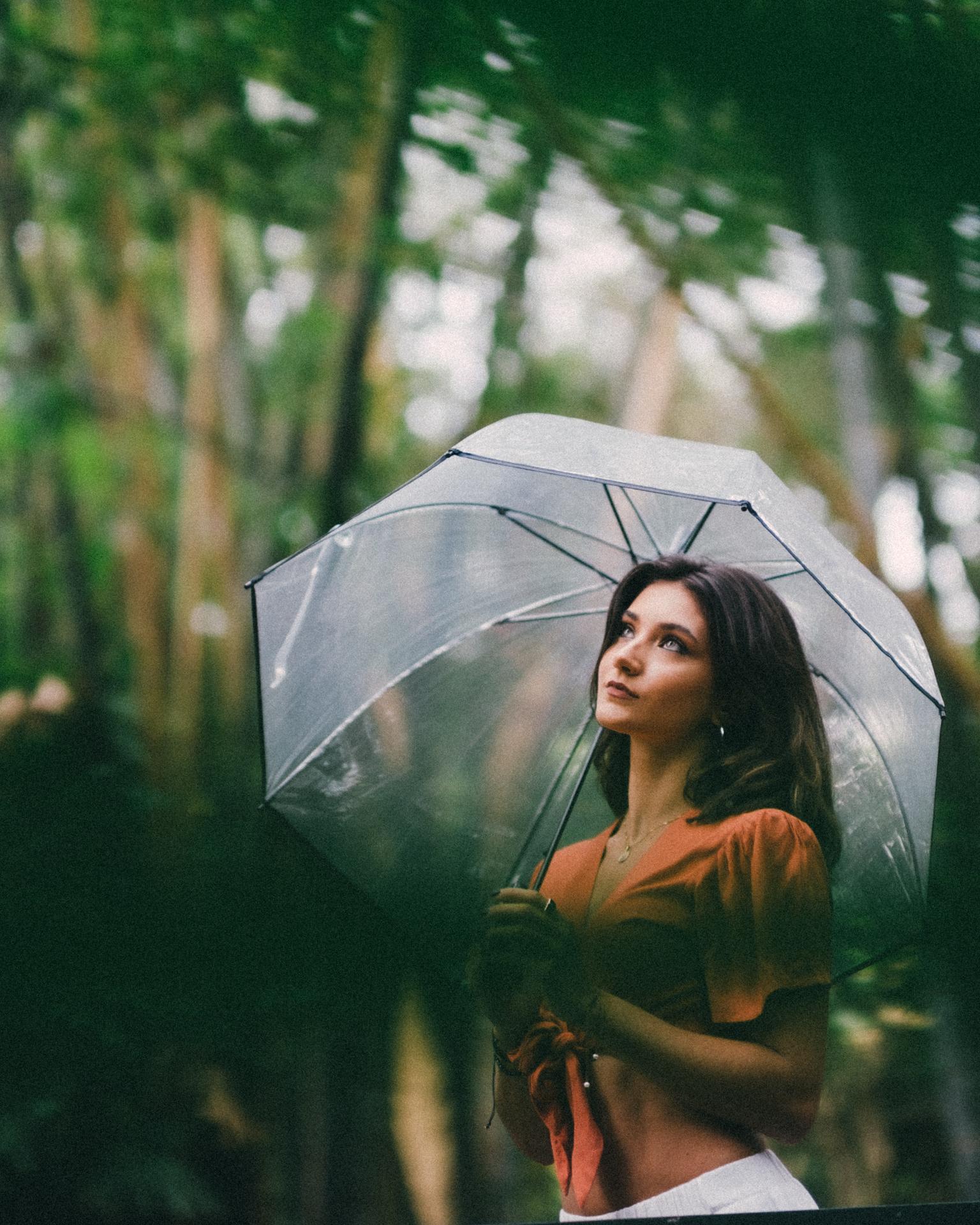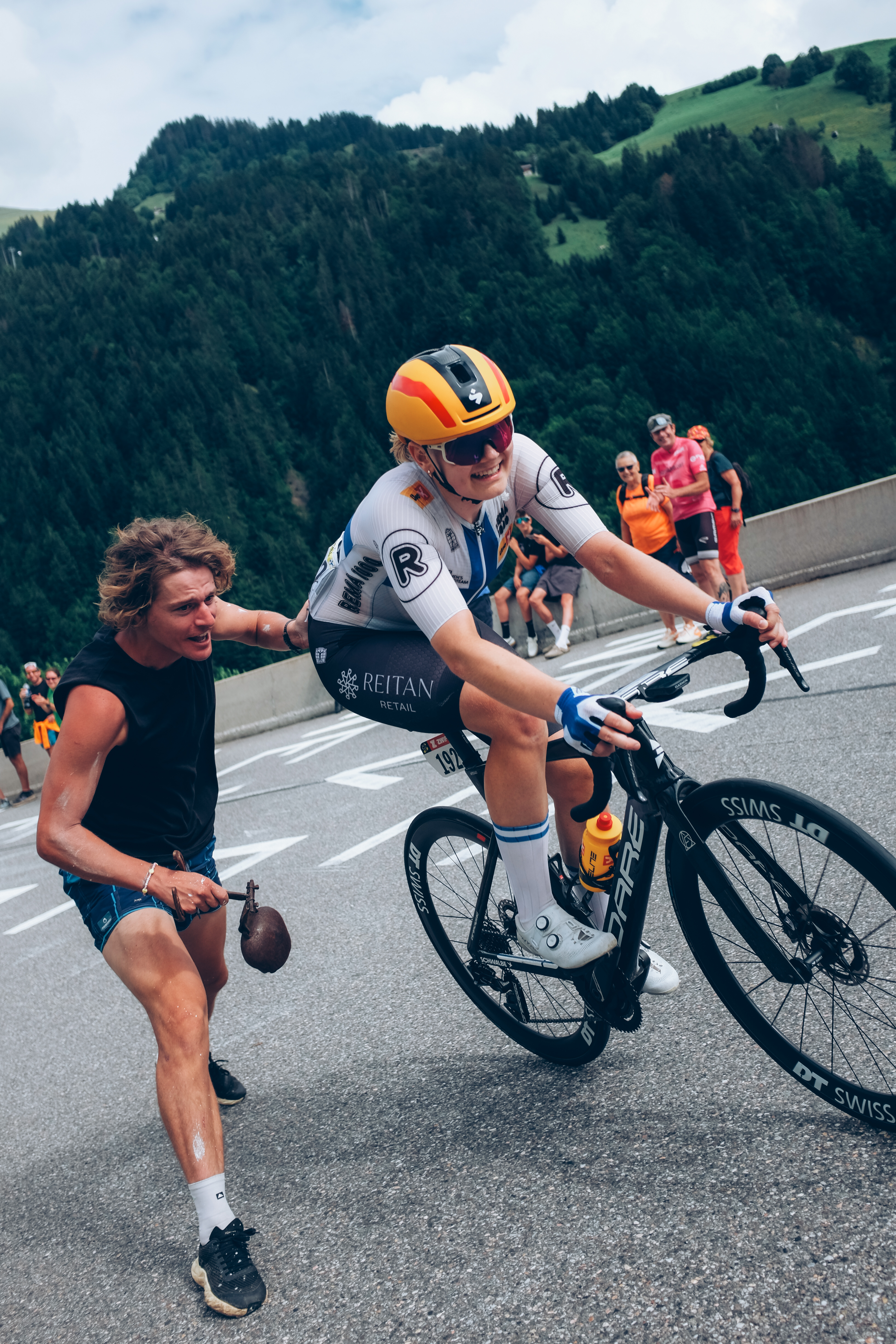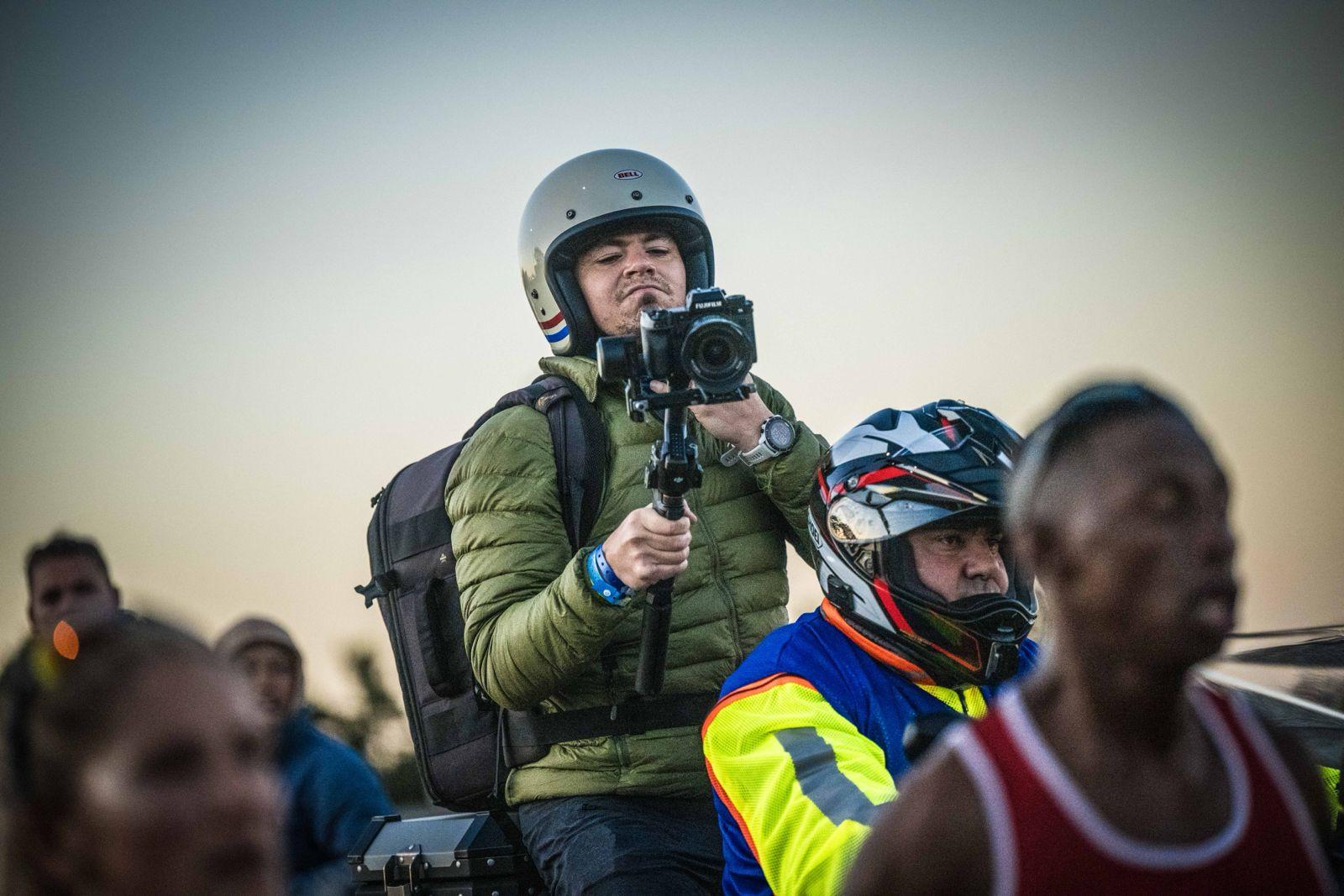BEN CHERRY – FujiFilm X-Photographer – Taking the best from the X-T1 into the X-T2
BEN CHERRY – FujiFilm X-Photographer
Taking the best from the X-T1 into the X-T2
My name is Ben Cherry, I’m an environmental photojournalist and Fujifilm X-Photographer. I’ve been using the X Series for over three years now and was given the tremendous responsibility of being a part of the X-T2 project. Its predecessor, the X-T1, was a revelation for the X Series and was my go-to camera for the previous two years. With a huge viewfinder, weather sealing, 8 frames per second and an articulating screen, what wasn’t to like with the previous generation? Well the X-T2 takes all the best features of the X-T1 and builds on them, as Fujifilm continues to evolve its inspiring X Series system. In this first of three videos I look at the key differences between the cameras.
Continuous autofocus is highly customizable and now capable of photographing birds in flight.
EXIF – X-T2, XF100-400mmF4.5-5.6 R LM OIS WR, F5, 148mm, ISO800, 1/1250, Velvia
The articulating screen is brilliant for getting low to the ground, here I’m looking down a cliff-face, close to the ground to get the grass in the foreground.
EXIF – X-T2, XF100-400mmF4.5-5.6 R LM OIS WR, F5.6, 400mm, ISO800, 1/1600, Velvia
Electronic Shutter means that I can take photos silently, not disturbing the wildlife.
EXIF – X-T2, XF100-400mmF4.5-5.6 R LM OIS WR, F8, 360mm, ISO800, 1/1000, Velvia
Pin Point focus – using the AF joystick to keep focus on the razorbills eye.
EXIF – X-T2, XF100-400mmF4.5-5.6 R LM OIS WR, F8, 400mm, ISO800, 1/480, Velvia
RAW shooting at ISO 100. Allowing for greater flexibility with variable conditions. Here ISO 100 allowed me to use flash on a bright summer’s day to keep the focus on the incoming bird.
EXIF X-T2, XF16-55mmF2.8 R LM WR, F16, 16mm, ISO100, 1/160, Velvia, Manual flash fired.






Super sharp camera and lens. Well done.